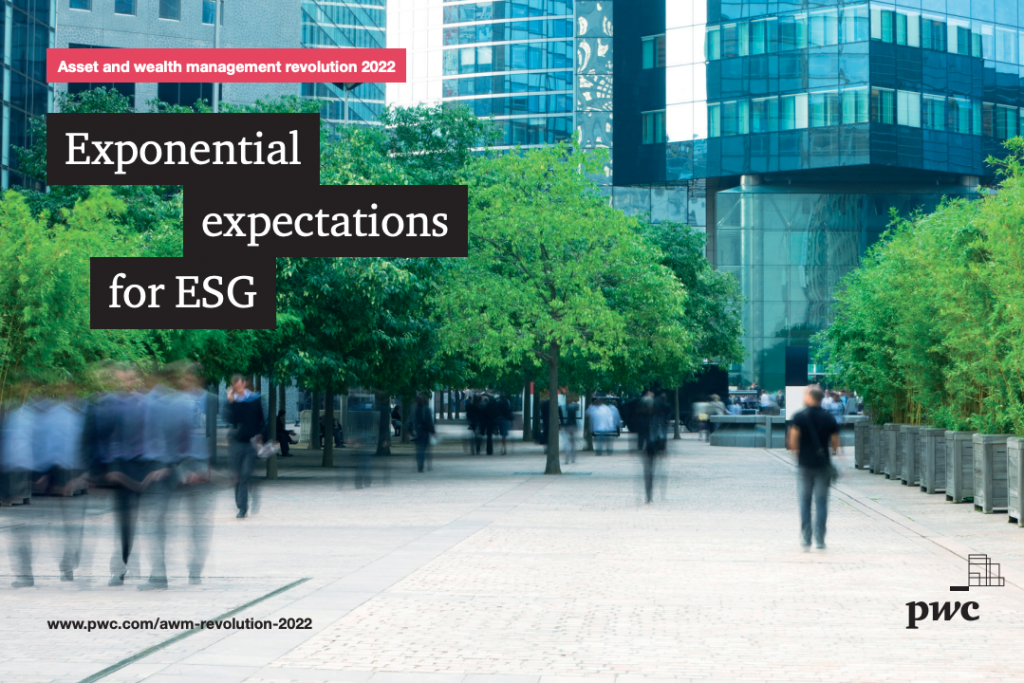A new global survey of asset managers by PwC reveals 10 trends that underline “the urgency of moving away from ESG-orientated investments and, instead, integrating ESG principles into the heart of their purpose, strategy and investment management processes”.
The 250 institutional investors and 250 asset managers surveyed manage nearly half of all global assets under management (AuM). The survey found 81% of US institutional investors and 83.6% of those in Europe plan to increase allocations to ESG products in the next two years. PwC projects that would take ESG AuM in to the US alone to a total value of $10.5trn by 2026.
Reconfigure models
Against this background, the report identifies “the need to reconfigure operating models to secure and retain mandates, and to create a compelling ESG story and develop credible reporting to track and communicate progress against it”. And it sets out 10 trends asset managers need to understand in order to be “differentiating their strategy and delivering on their purpose”.
- ESG is replacing asset price increases as an engine of growth.
- Pursuing ESG is fundamental.
- The investible universe for ESG funds will open up.
- ESG has broadened objectives and fiduciary duties.
- Investors are pushing for new ESG products – but demand outstrips supply.
- To attract new investment, managers will need to differentiate their products and demonstrate ESG performance.
- Investors say they want more regulation.
- A meaningful ESG strategy requires investment.
- E, S and G must be balanced as part of a just transition.
- Managers need a proactive risk-mitigation strategy for mislabeled products.
The full 28-page report, Asset and Wealth Management Revolution 2022, sets out the thinking behind each point, and provides a wealth of statistical information.
Not why but how
What’s interesting here is that, against the sound and fury of the political debate about ESG, a much quieter but more practically-focused debate is emerging based on what the markets are demanding. And the question being asked is not ‘why?’ but ‘how?’ Investors “want more regulation”; they want a clearer and more balanced distinction between the component parts of ESG; they want more certainty in the information they are given to make judgements.
ESG, as the figures about investment trends show, is here to stay and that presents an opportunity for regulators to help asset managers do business by providing the answers to the questions being asked.
As the report concludes, there is “a significant gulf between what investors want and what asset managers are doing in response. Those who get the transition right by rethinking their strategy will create a virtuous circle of purpose and opportunity, yielding sustainable growth”.
















